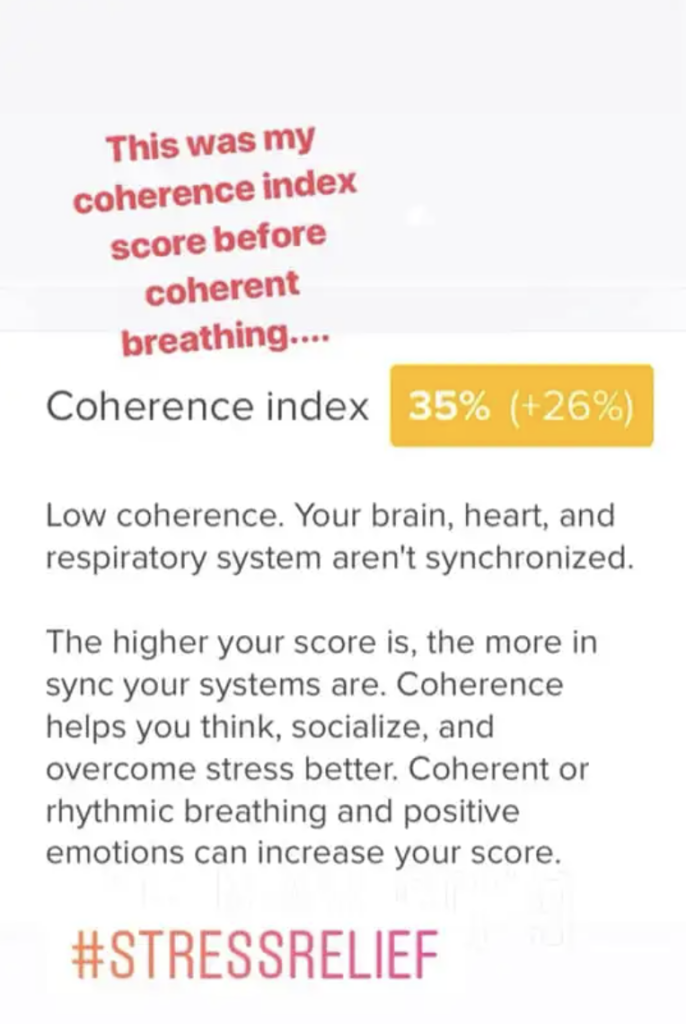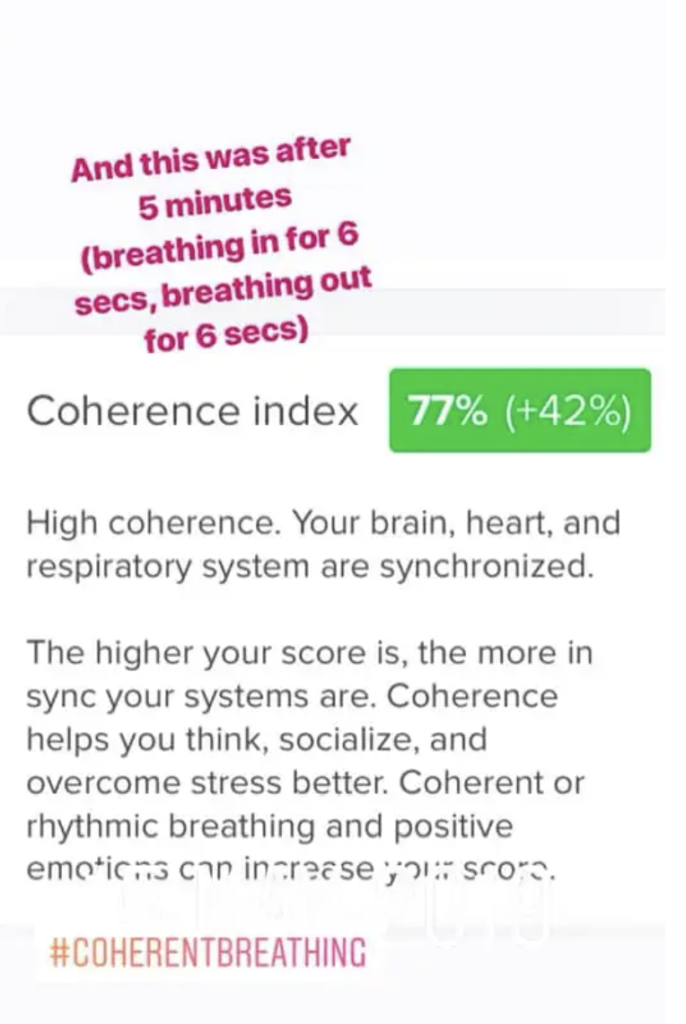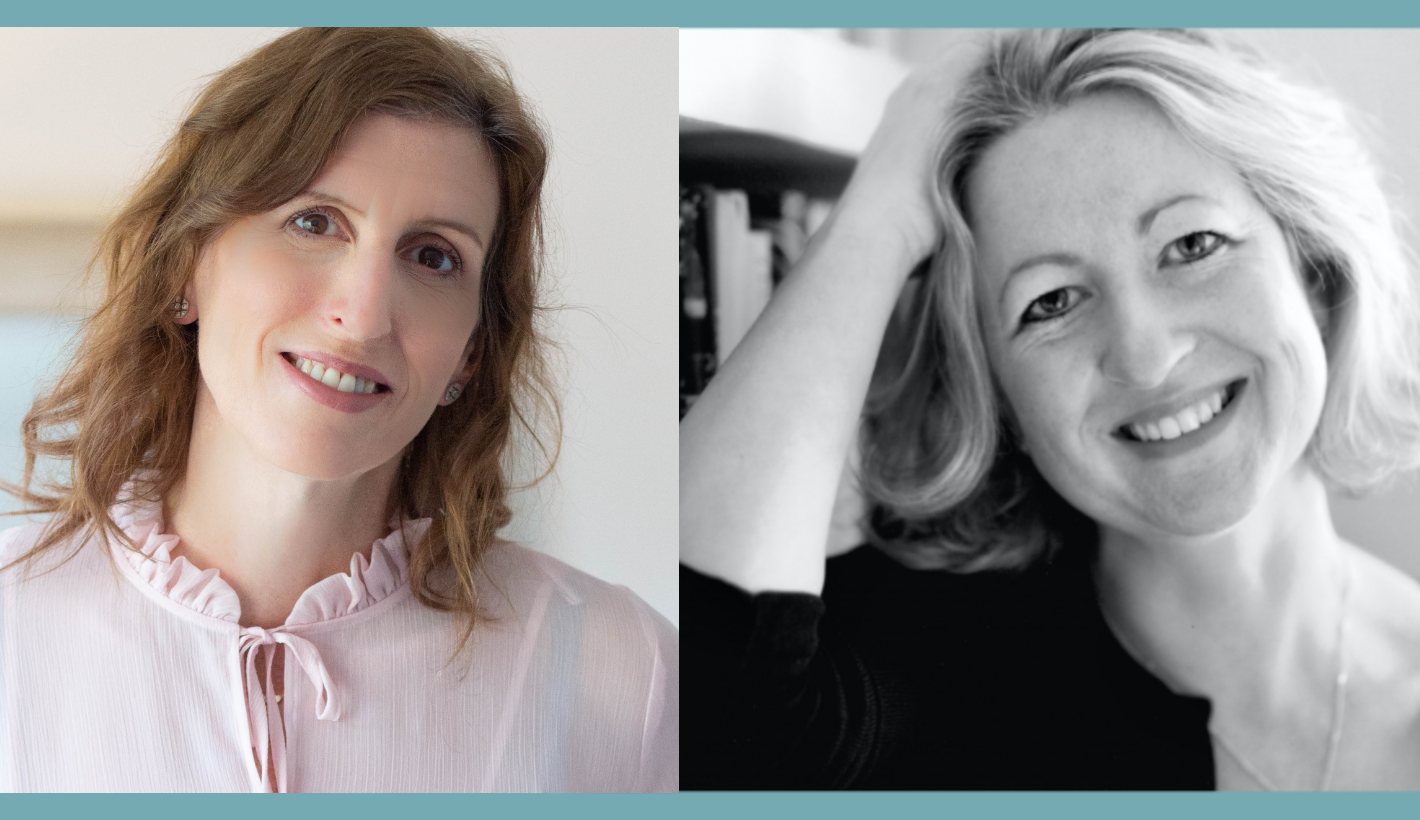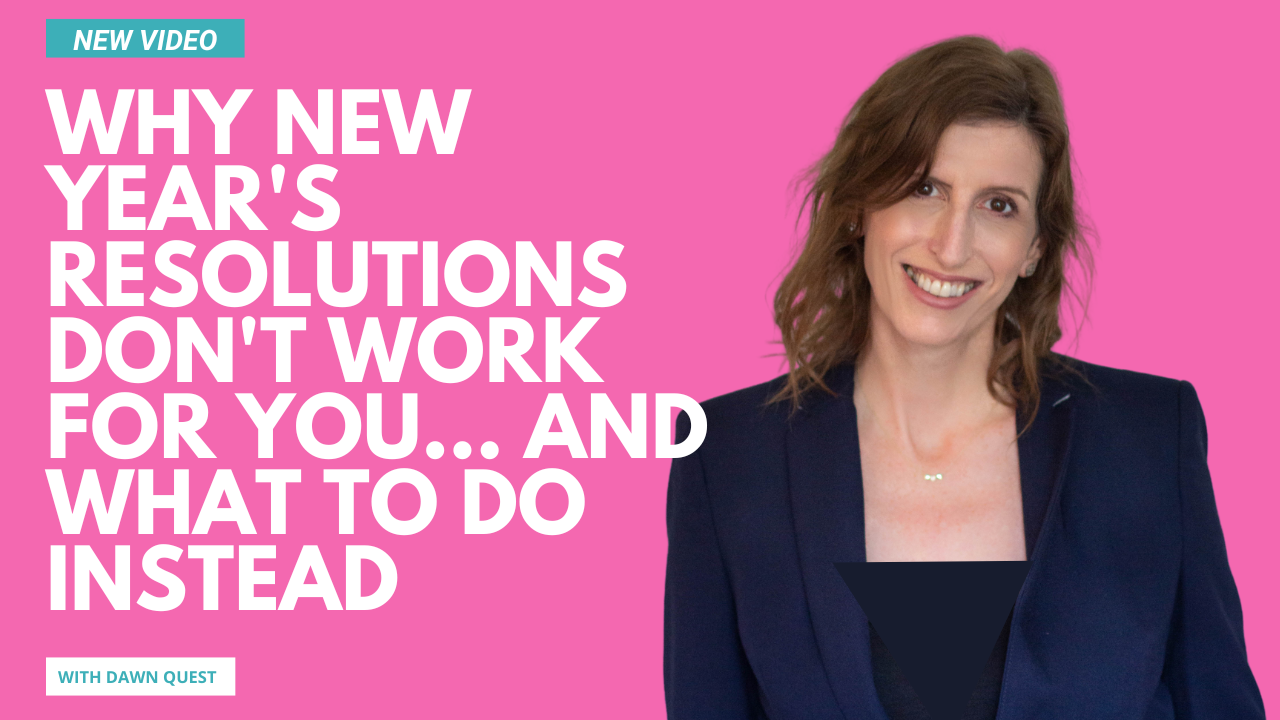
During moments of stress, anxiety and even panic attacks, the common advice tends to be to "take deep breaths. "But that advice is now being seen as outdated, and in some cases might make stress and anxiety worse.
About a year ago, I learnt of a breathing technique that really does nix moments of stress, not just in the short-term but also long-term, and relatively quickly too. It worked for me (I'll show you a fascinating little self-experiment in a mo), and it has also worked for my clients, so much so that this is the only breathing exercise I teach, and I teach it to all my clients for general wellbeing regardless of whether they're suffering from anxiety or not.
Coherent or resonant breathing is a technique that helps bring both emotional and physiological systems in the body into balance in order to boost overall health and wellbeing. The idea is to make breathing slower and more rhythmic by making sure every exhalation is the same length as every inhalation.
I've read a couple of different accounts of how and why this works. The creator of the trademarked Coherent Breathing method, Stephen Elliott proposes the theory that moving the diaphragm in a rhythmic manner stimulates the phrenic nerve thereby promoting optimal circulation, better brain function and "nourishing every cell in the body in a positive feedback loop".
Other research shows that coherent or resonant breathing helps bring Heart Rate Variability (HRV) into a smoother, more even pattern which promotes the better functioning of every organ in the body, most importantly the brain.
HRV, by the way, is the measurement of the gaps between heart beats - and is now recognised as a far better way of measuring overall health and fitness, compared to just measuring heart rate. If you're intrigued by HRV there is excellent information over on the HeartMath website.
First, a bit of science
Our Autonomic Nervous System is the part of our nervous system that governs automatic bodily functions like breathing, digestion and our heart beat, The ANS is in turn divided into two parts: the sympathetic nervous system and the parasympathetic nervous system. Both regulate the same bodily functions but have opposite jobs. The sympathetic nervous system prepares the body for intense physical activity (fight or flight); while the parasympathetic nervous system prepares the body for relaxation and rest.
While we are awake, our optimal state is when both the sympathetic and parasympathetic nervous systems are in balance. When brain function, heart rate and breathing are all in balance, we cope with stress better, we are more sociable and positive, and tend to be more resilient.
When we are stressed, however, our bodies stay in high alert, with our sympathetic nervous systems constantly firing. Although still evolving, research into HRV and coherence is showing a link between lower coherence and disease and aging.
Coherent or resonant breathing works by hacking the ANS to bring both sympathetic and parasympathetic systems back into balance almost instantly.
You can find a number of apps that help you track your own personal coherence index and HRV. I use WellTory. The results below show my body before and after 5 minutes of Coherent Breathing.

A measure of wellbeing before coherent breathing (using WellTory app)
The coherence index is very low.

and after coherent breathing. The coherence index has more than doubled.
How to Practise Coherent Breathing
Relax and find a quiet spot where you won't be disturbed. Breathe in for 6 seconds. Then breathe out for 6 seconds. If 6 seconds feels too long, start with 4 seconds and build up to 6 seconds. Make sure both your inhalation and exhalation are the same length.
Start with a minute or two then build up gradually to however long feels comfortable. Some recommend a daily practise of 20 minutes, but I tend to follow the principle of "little and often" as a guide,
You can find a number of apps that help guide you through a timed breathing technique. Calm's Breathe setting allows you to set the timings for your breath and plays a different note for inhales and exhales (so you can practise with your eyes closed.).
The Breathing App by Deepak Chopra and Eddie Stern (with music by Moby) allows you to choose from a pre-selected format of breathing patterns with five different screens.
Try a guided meditation



